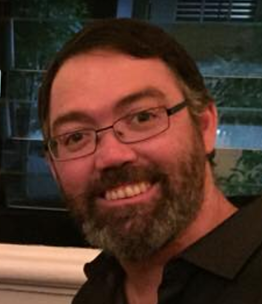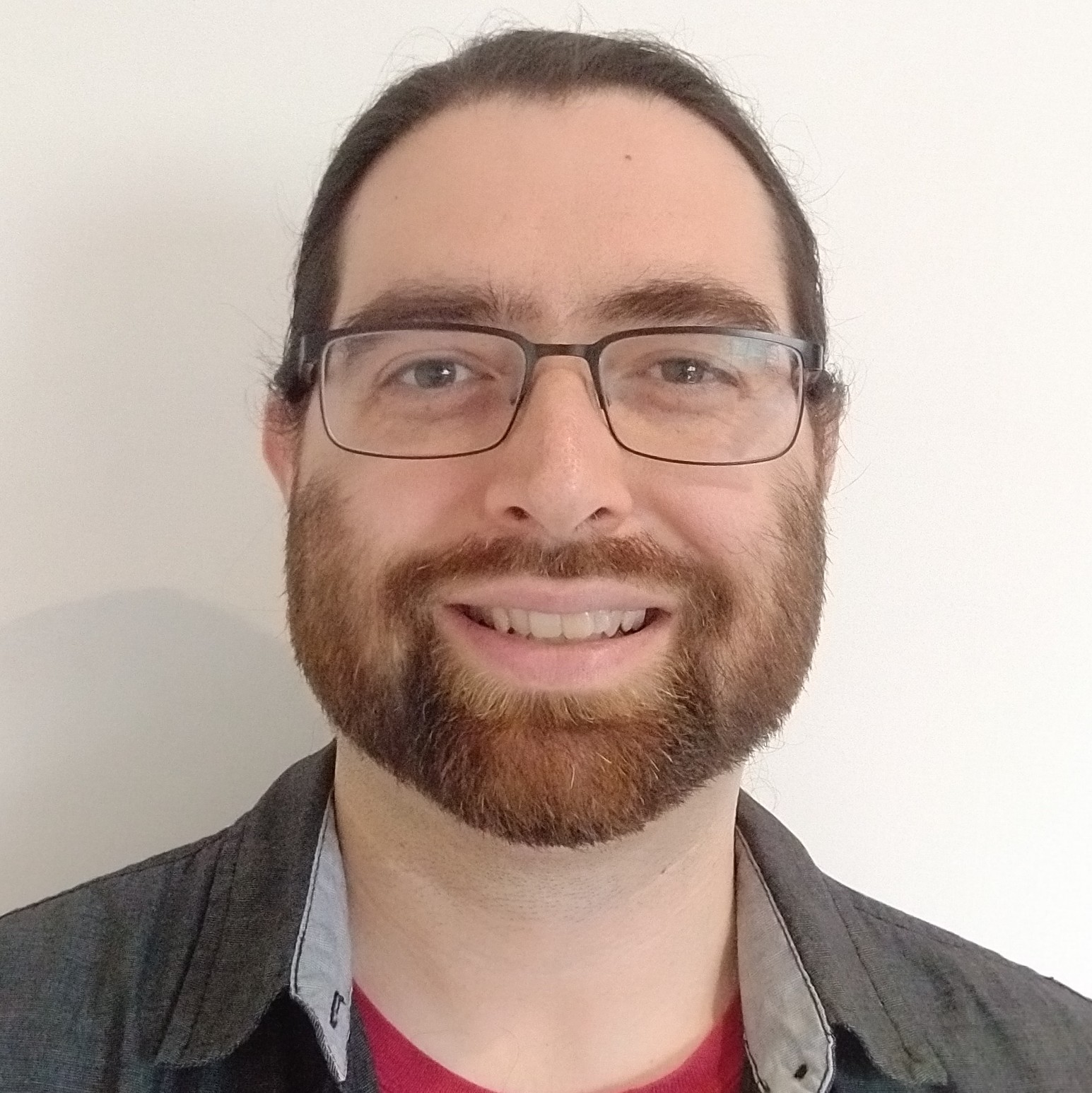Indigenising University Mathematics
Language and Oral Traditions
"Language and Oral Traditions" is led by Dan Collins and Michael Assis.Dan Collins of the Worimi/Biripi nation is the Yapug Program Convenor at the University of Newcastle. Dan has taught Physics in high school and now teaches a range of subjects at university. He is interested in the impact of language on learning. Dan is involved in the leadership of the local Aboriginal Education Consultative Group (AECG).
Michael Assis is a Brazilian American Mathematical Physicist and origami artist based in Melbourne. Michael teaches english as a second language, and has collaborated with Indigenous educator and researcher Michael Donovon on using Origami and Indigenous Storytelling together in the teaching of Mathematics. Michael is interested in how language and learning can bring people together.


Western ways of thinking about mathematics and mathematics education are well developed but also can be entrenched. We want to make sure that mathematical pedagogies do not disadvantage Indigenous learners and that mathematics does not ignore different ways of thinking that could advance it.
Language underpins culture; if you have loss of language, you have loss of culture. Each language brings with it a unique way of thinking, a way of thinking which can be mathematical and which is lost under translation. Often monolingual speakers may be unaware of the constraints of their language or of the unique aspects of it. It is only in speaking other languages that a person may become aware of cultural differences inherent to languages. Learning a new language also can highlight the abstract nature of certain basic words, for in trying to find a way to explain the meaning of a word, the language learner may not be able to find concrete synonyms. They may be forced to “resort” to telling a story to exemplify the abstract concept, even though this is not their first instinct. They have stumbled on to something that Indigenous people have known all along.
Mathematics is often seen as a language of its own, but it is impossible for it to be removed from the main language of the speaker. Furthermore, mathematics is not just one language. It is actually many languages tied to different traditions and ways of thinking. For example, geometers and algebraists use different language and think differently about something as simple as a circle. Also, mathematical problems can be solved in more than one way, just like an idea can be explained in multiple ways with the same outcome and progress is often be made by thinking about things in a different way. Indigenous voices have been largely missing from the mathematical discourse; mathematics is a human endeavour and should represent the thinking of all people.
In terms of teaching, mathematics has many abstract concepts and Western mathematicians often think that the way to teach mathematics is via definitions and proofs. Mathematical cultures can learn from what Indigenous cultures know and what language learners realise, that storytelling is often the best way to teach abstract concepts. Those that live in the intersection of these two cultures have a distinct opportunity to be translators in this space.
Should we consider teaching in indigenous languages? In some contexts this may be possible. In others it may be prohibitive, especially given mixed classrooms. However, through storytelling it is possible to bring Indigenous teaching methodologies to an existing classroom. There are some longstanding oral traditions in mathematics that most mathematicians know, passed down from teacher to student, even if they are few in number. By enhancing and developing storytelling in mathematics classrooms, educators can help to Indigenise, at least in methodology, university mathematics education.
We have mathematics curricula that should be taught effectively to everyone. Indigenous perspectives can change not just how we teach but the what and the why. The fundamental nature of country and community to Indigenous culture and language can be blended into mathematical storytelling and mathematical examples. Other ways of thinking that are inherent to Indigenous culture and language can likewise be appreciated. We want to bring Indigenous culture clearly into the mathematics classroom, without just appropriating indigenous knowledges and whitewashing them. By listening to and collaborating with Indigenous educators, mathematical pedagogy can form a bridge between cultures that will enrich dialogue and learning.